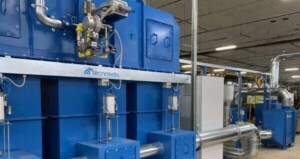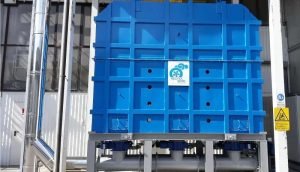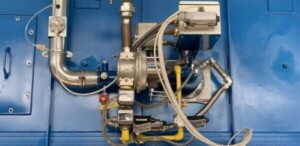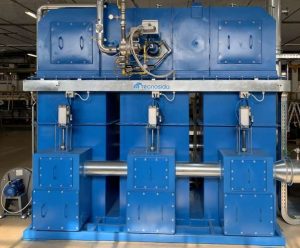Regenerative Thermal Oxidizers
Thermal Oxidizers for VOCs and Odors removal
What is a Thermal Oxidizer?
Thermal oxidation is a process used, with excellent results, for the thermal oxidation of air streams containing volatile organic pollutants (VOCs).
The thermal oxidation is carried out within a combustion chamber where the pollutants inside the effluent to be treated are burned, generally decomposing them into carbon dioxide (CO2) and water vapor (H2O).
Thermal oxidation: types and working principles
The thermal oxidation process, due to high temperature, it is proposed to transform the harmful components into harmless carbon dioxide (CO2) and water vapor (H2O). There are several machines to realize thermal oxidation and the choice is based on several aspects such as the concentration of the pollutants to be treated and the level of thermal efficiency to be obtained. The possible machines are:
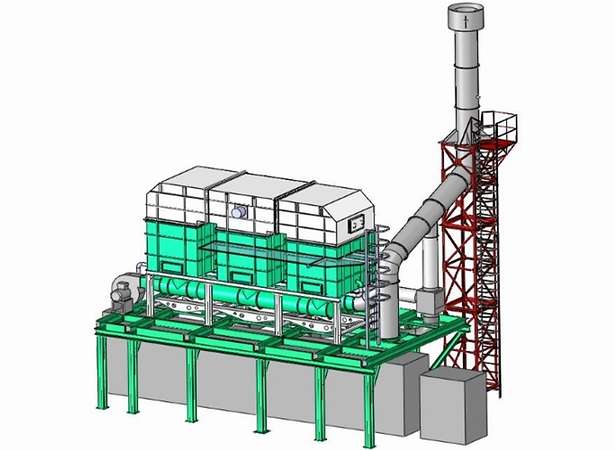
Direct fired thermal Oxidizer:
It is a thermal oxidizer without heat recovery. In practice it is a suitable designed combustion chamber, equipped with a burner, which thermally oxidized pollutants. At the end of the chamber, we can insert different types of heat recovery based on the need of the customer (usually heat recovery on thermal oil, water to produce steam or other heating recovery production).
Thermal recuperative Oxidizer:
It is a thermal oxidizer with heat exchanger. It is built in such a way that the effluent incoming is heated up from the flue gases in order to contain the consumption of auxiliary fuel. Further is possible to utilize the residual heat in the flue gases installing a second heat exchanger for air or for water as needed.
Regenerative thermal Oxidizer:
It is a thermal oxidizer where the heat exchanger for heat recovery is regenerative type. A regenerative exchanger consisting of ceramic material which, if suitably dimensioned, is able to reach thermal recovery efficiencies up to 95%. The pollutants, can be oxidized reaching the autothermal condition of the system, that means set to zero the auxiliary fuel consumption. Also in this case it is possible to install a final heat exchanger to the stack to recover again on air or on water.
Catalytic thermal Oxidizer:
It is a thermal oxidizer that uses a suitable catalyst for the oxidation of the pollutants that, in this way, can occur at lower temperatures (about 300-400 ° C) maintaining comparable environmental efficiencies. To the system it is possible to combine a heat exchanger to increase the heat recovery further limiting the auxiliary fuel consumption.
Only in the presence of halogenated compounds is possible the formation of relative halogenated acid needing to insert in the purification process, downstream thermal oxidation, a wet abatement system through the use of our scrubber wetclean.
Thermal oxidizer strengths
- ensures the highest abatement rate, exceeding that required by international standards;
- it is offered in modular units that allow a rapid pre-assembly, minimizing the installation time at the installation site.
Available options
An heat exchanger may be designed, in order to recover sensible heat from the output fumes. The sensible heat recovered in this way can be used to heat up air, water or diathermic oil, or can be used to obtain vapour.
Thermal oxidizer: maintenance service
Tecnosida® is a perfect partner for planning and execution of ordinary and extraordinary maintenance services required to :
- Verify oxidizer’s proper functioning
- Keep high filtration efficiency
- Reduce economic and energetic wastes
- Comply with safety and environmental rules and regulations
Thermal oxidizer: remote management systems
Contact us for more information. Thermal oxidizer can be equipped with remote management systems for performance monitoring
